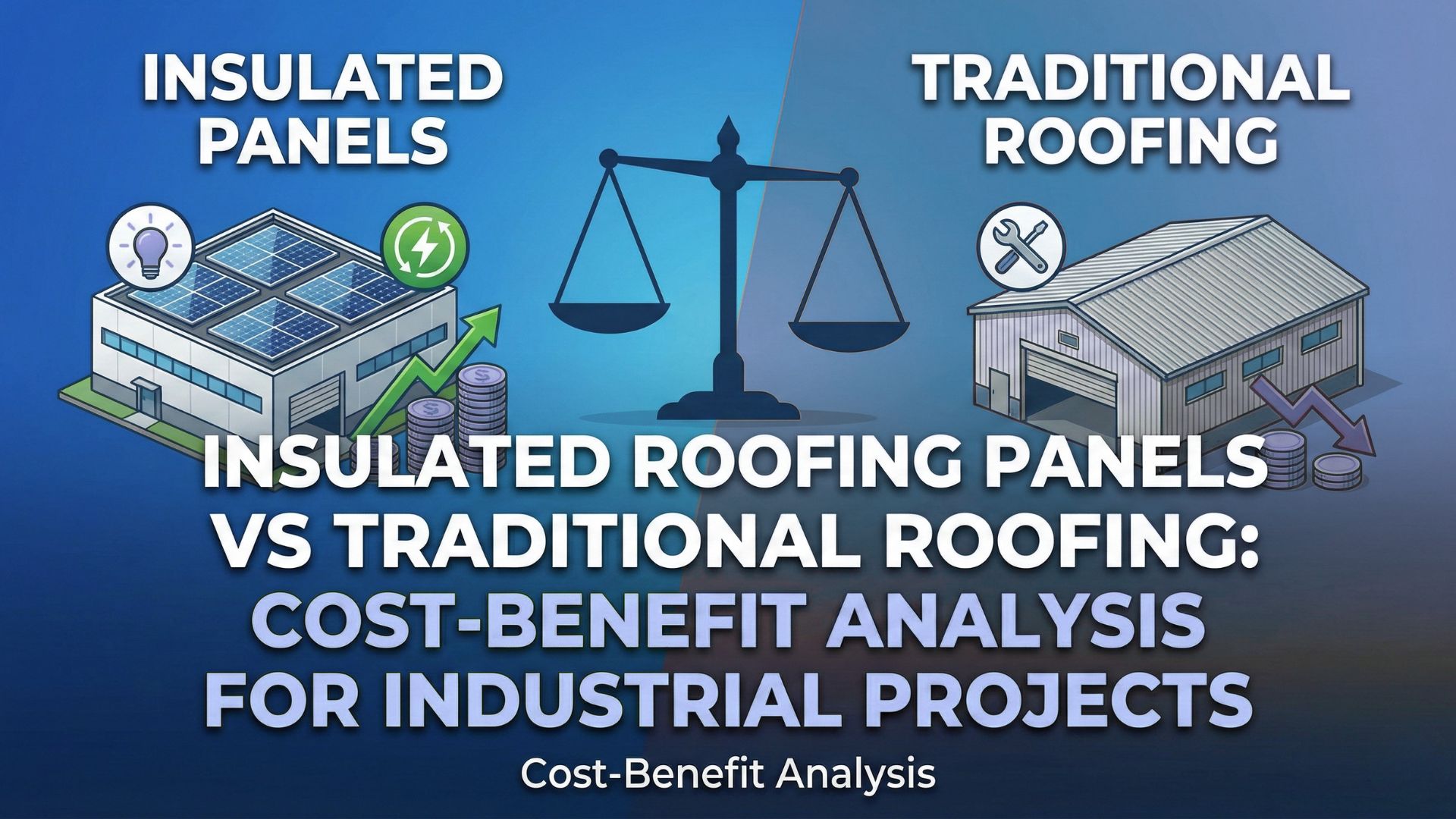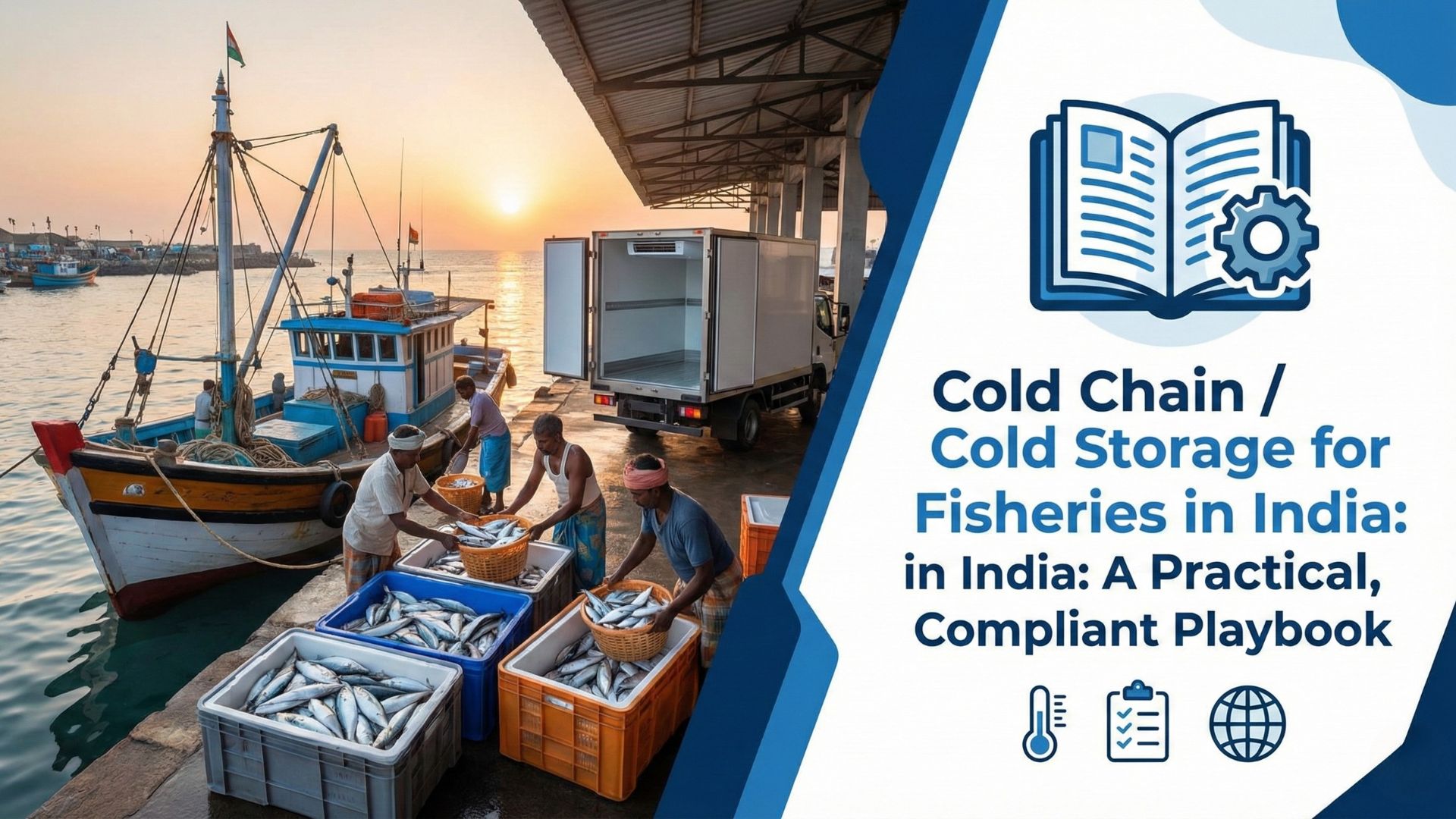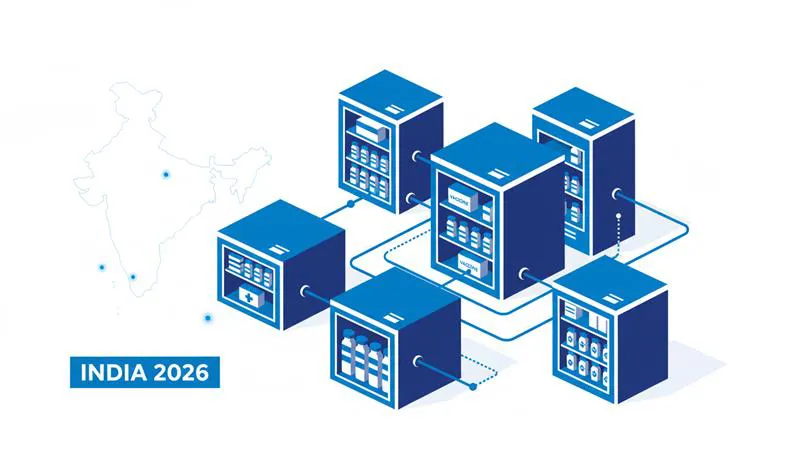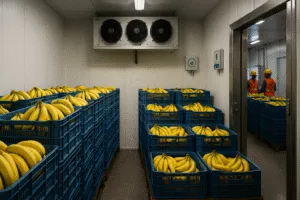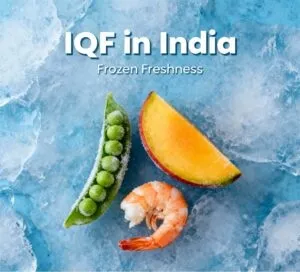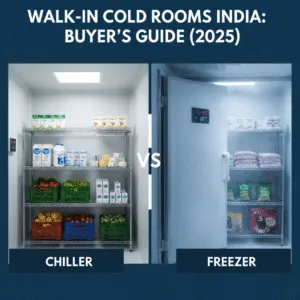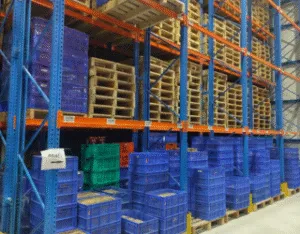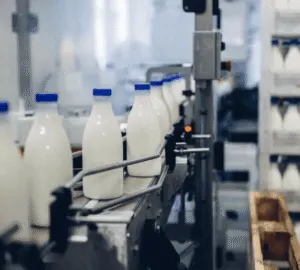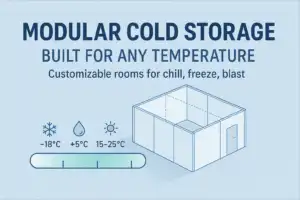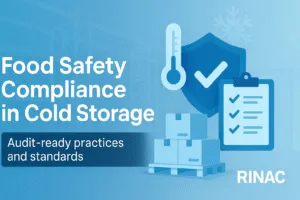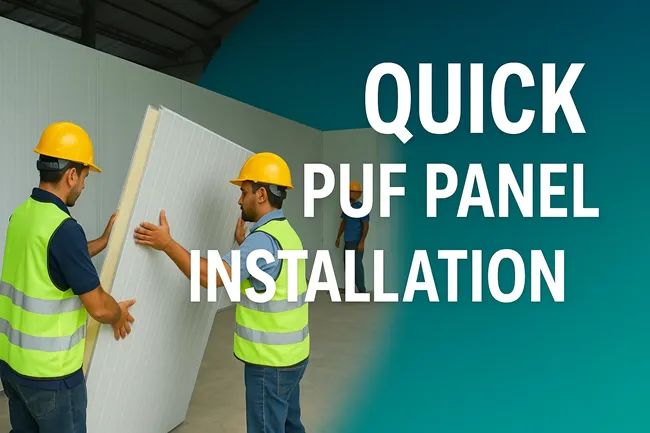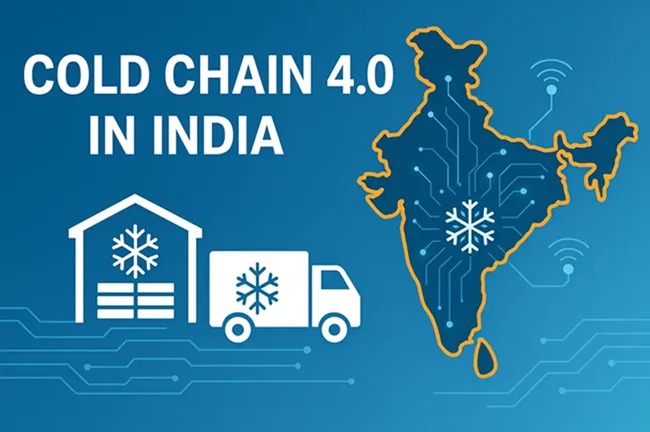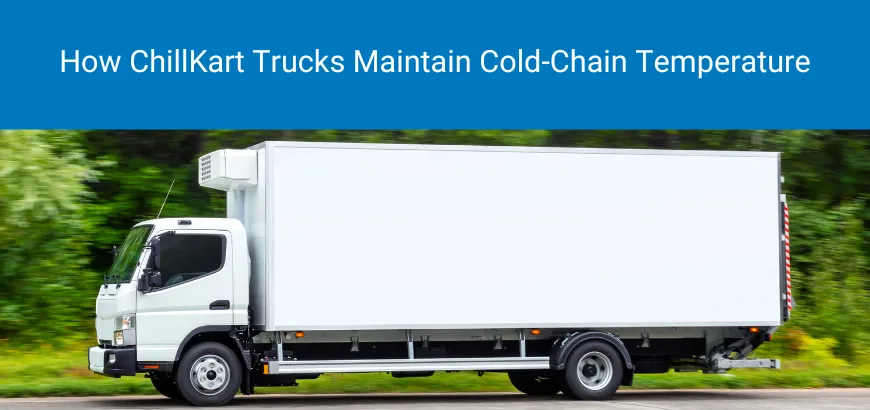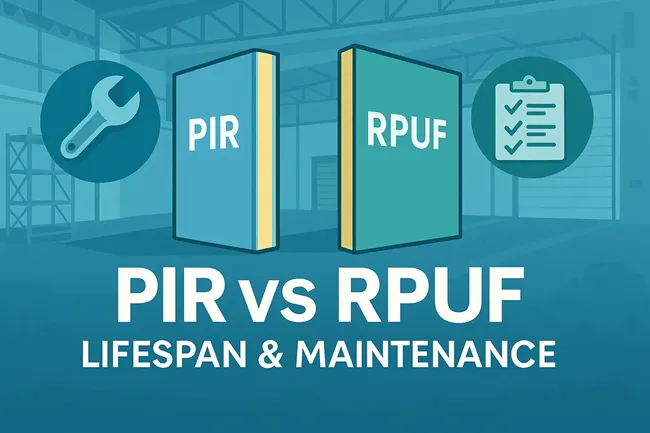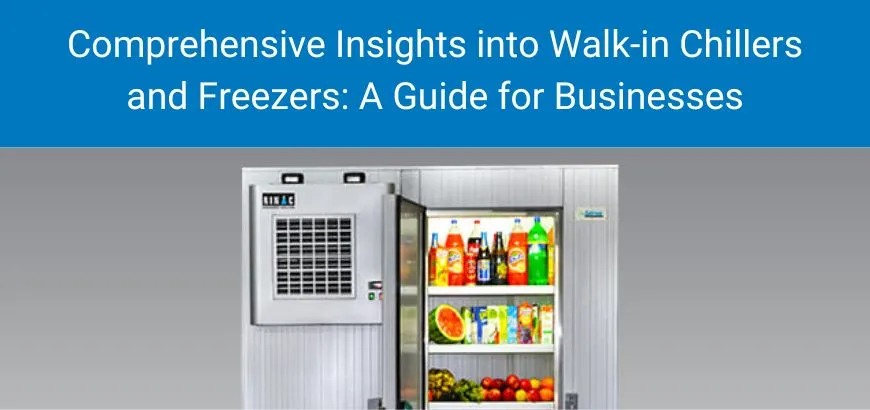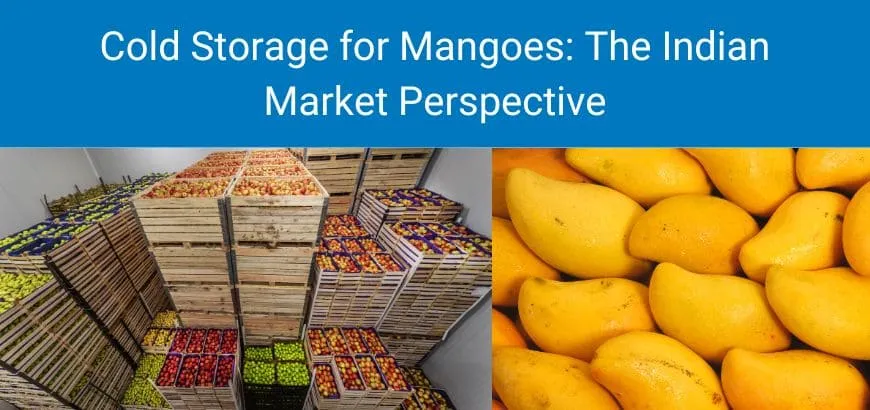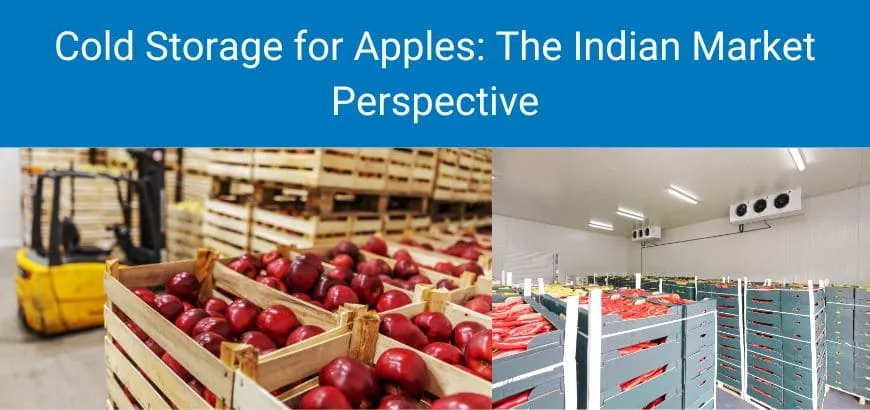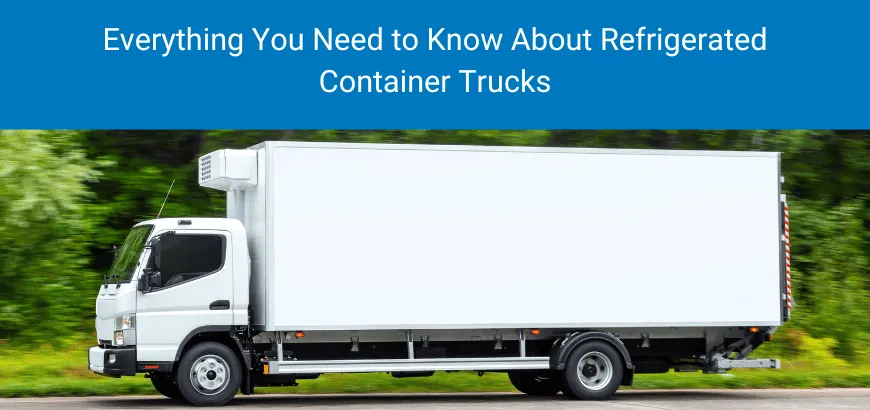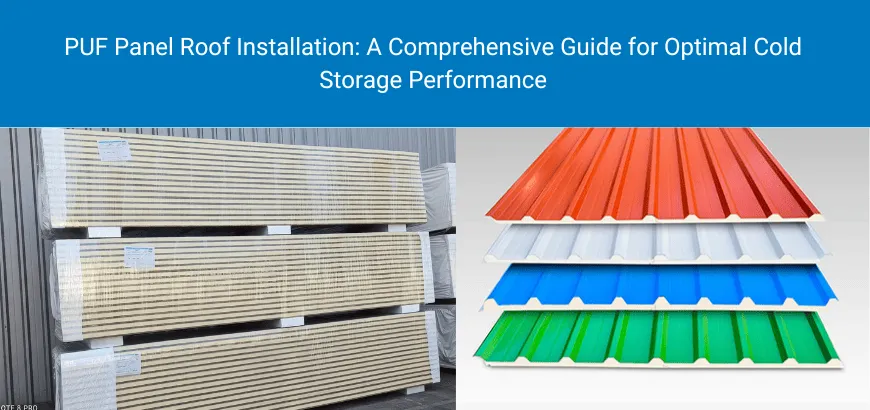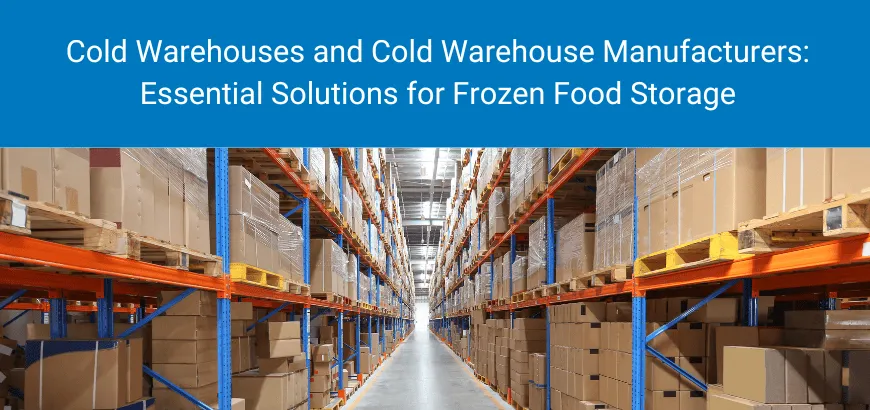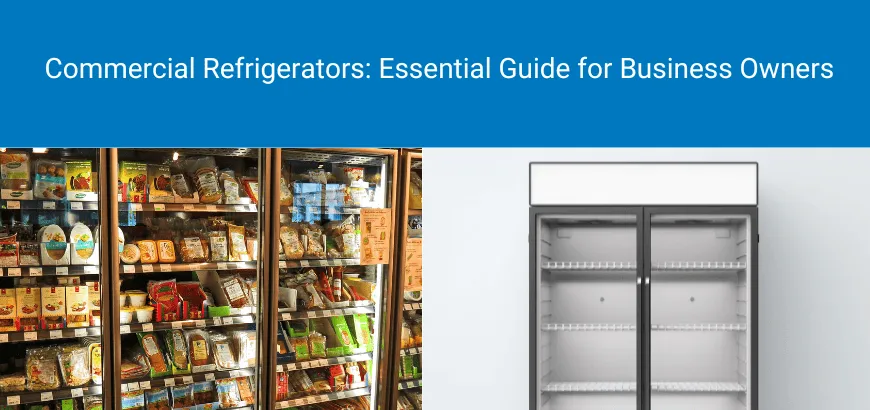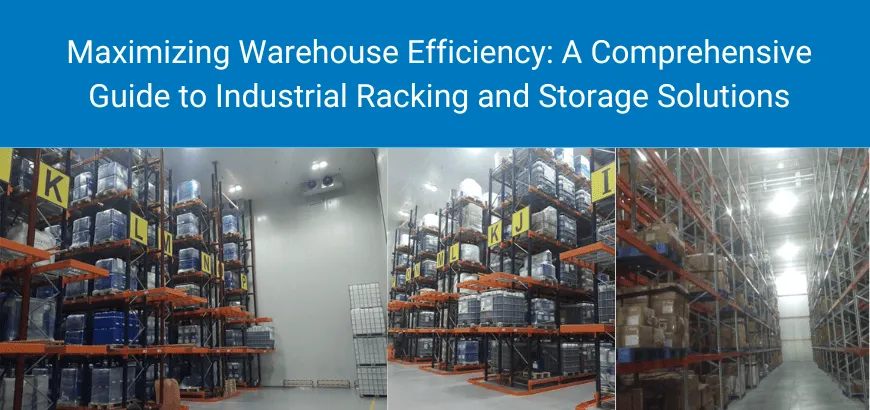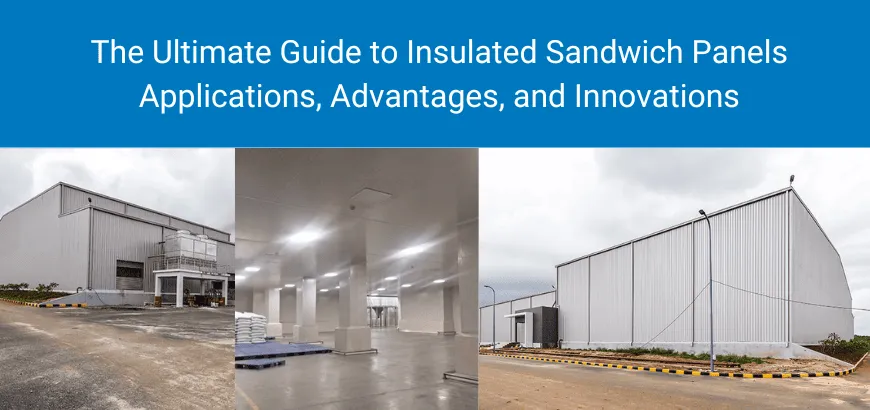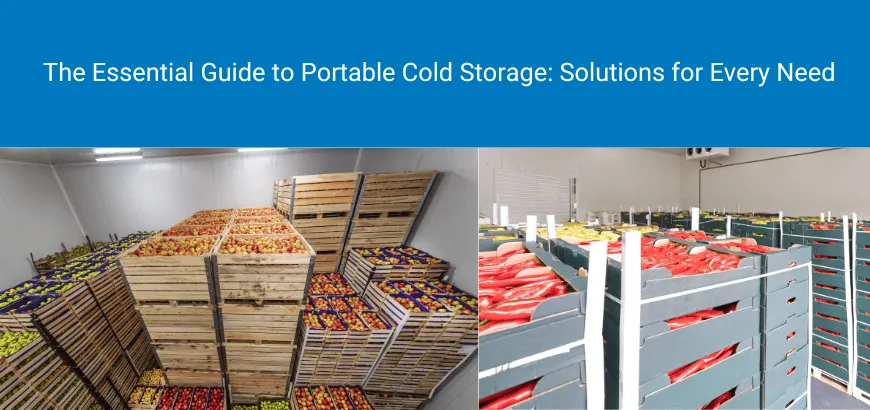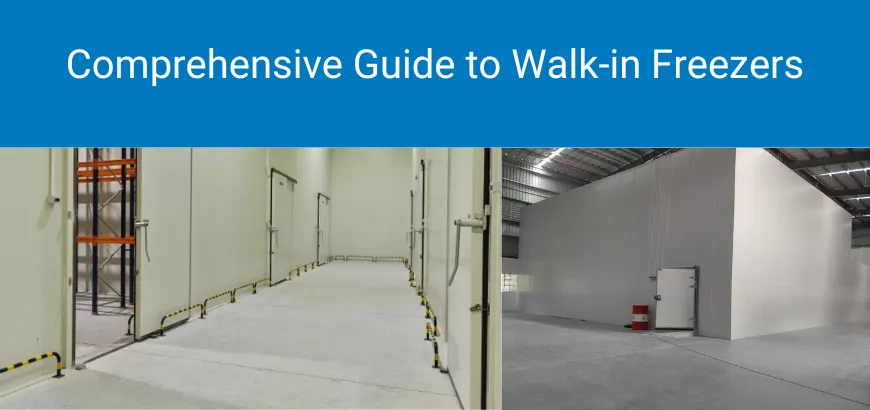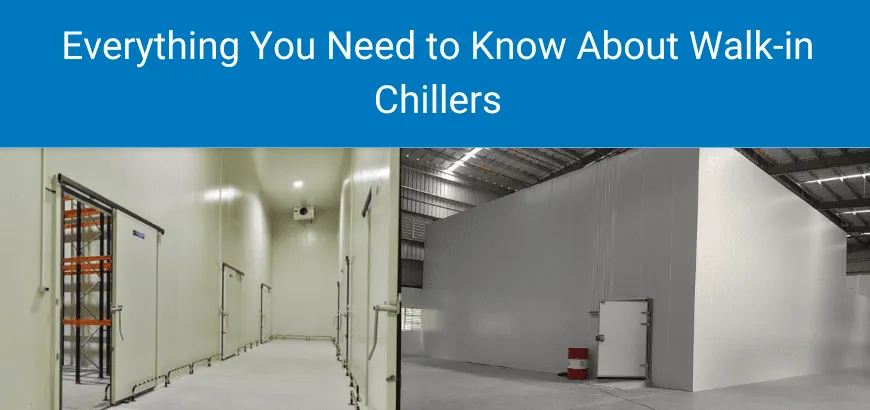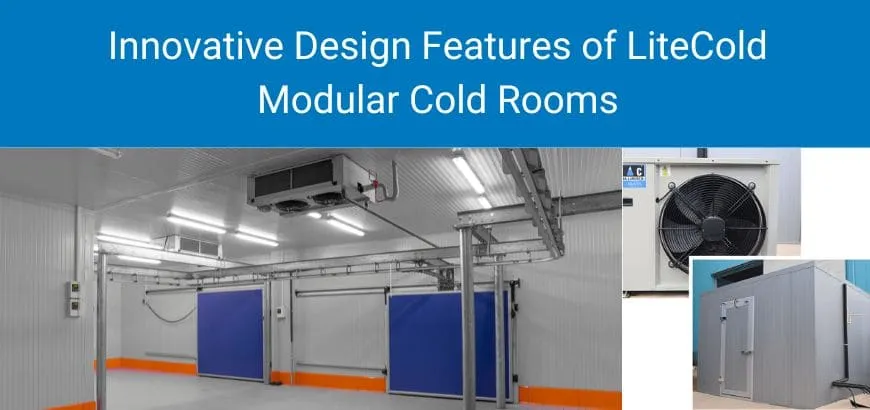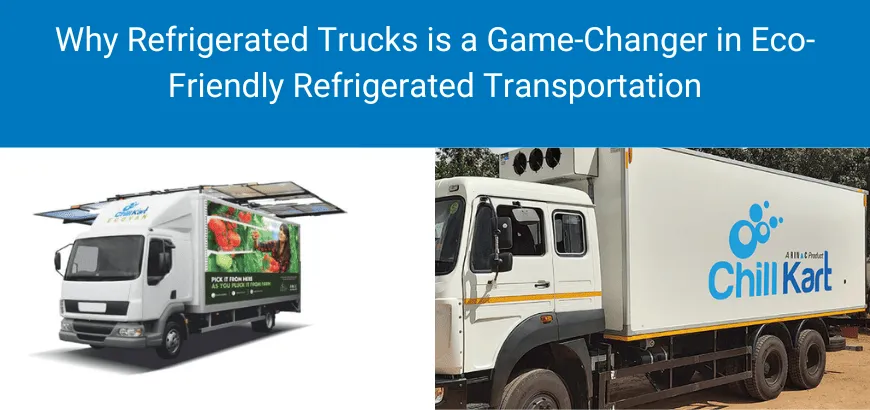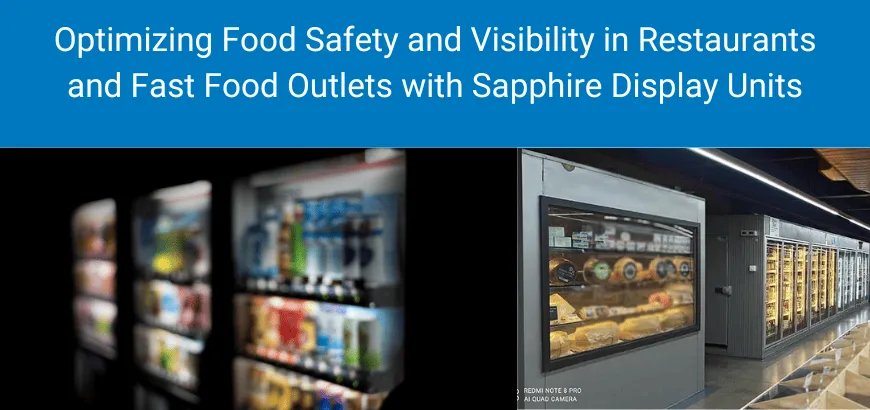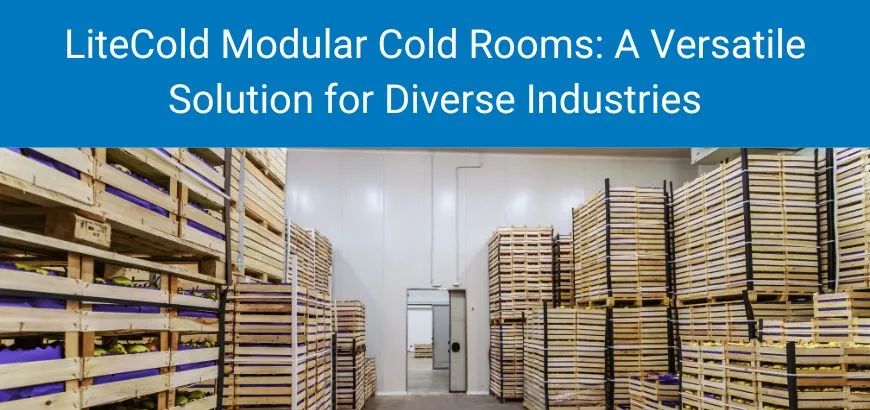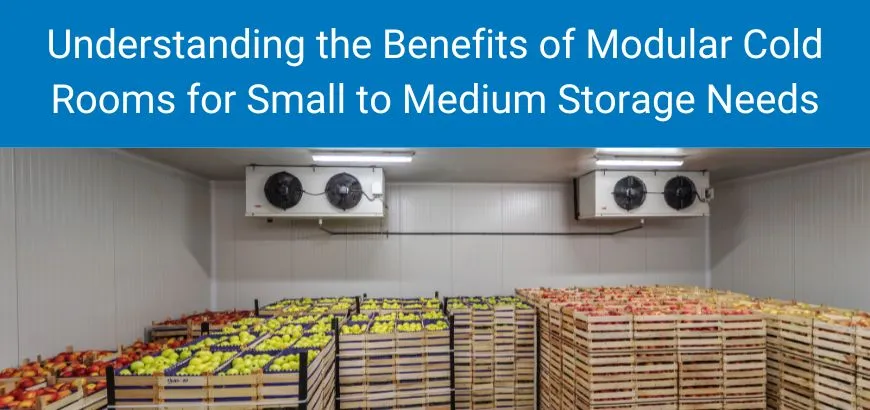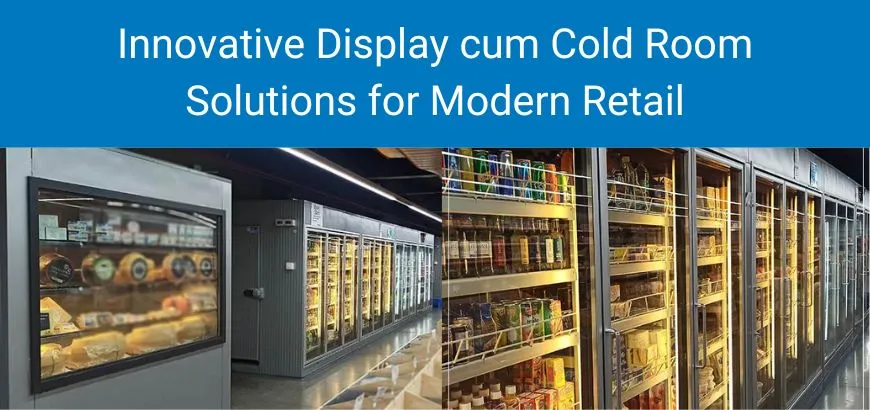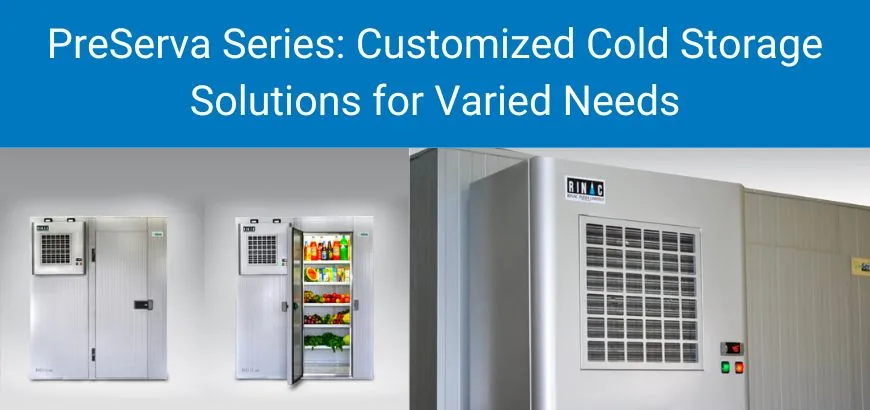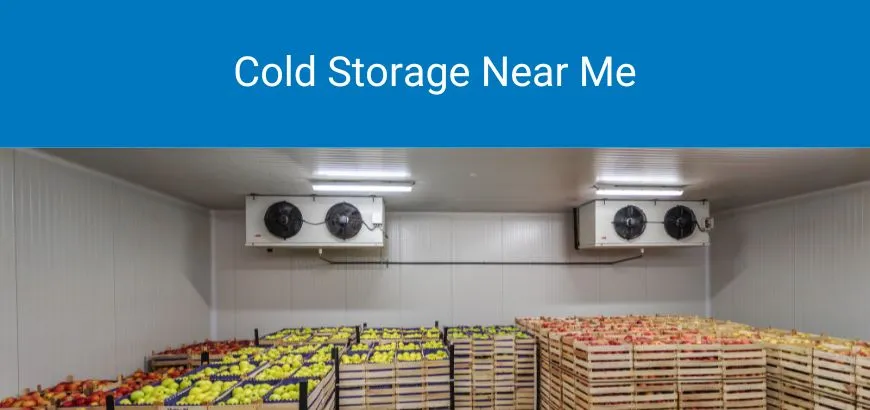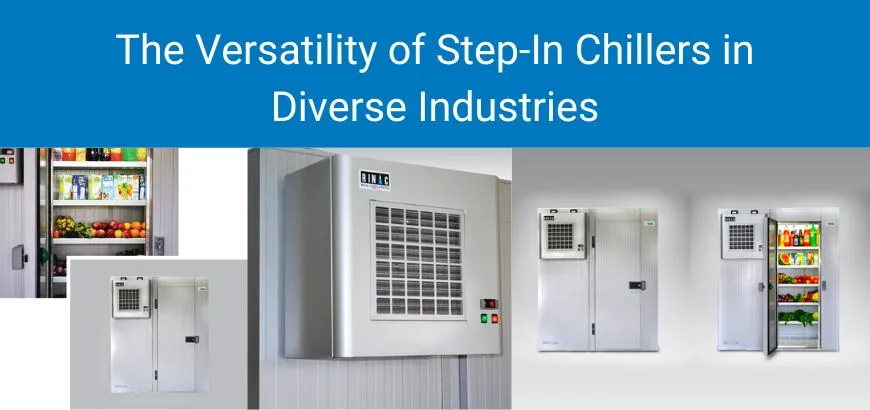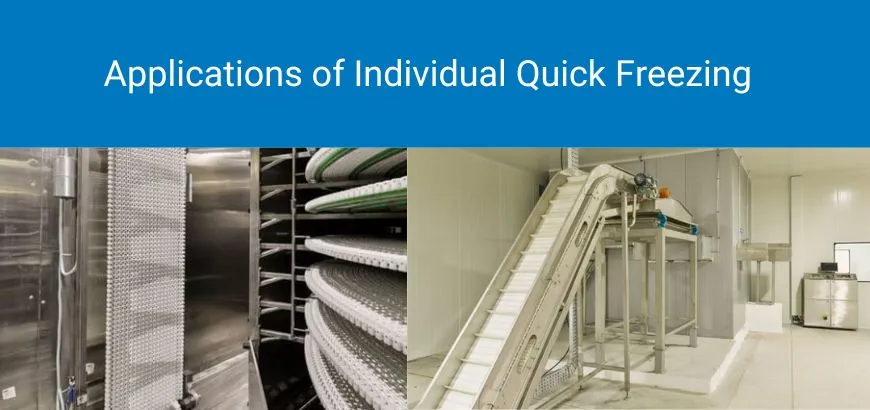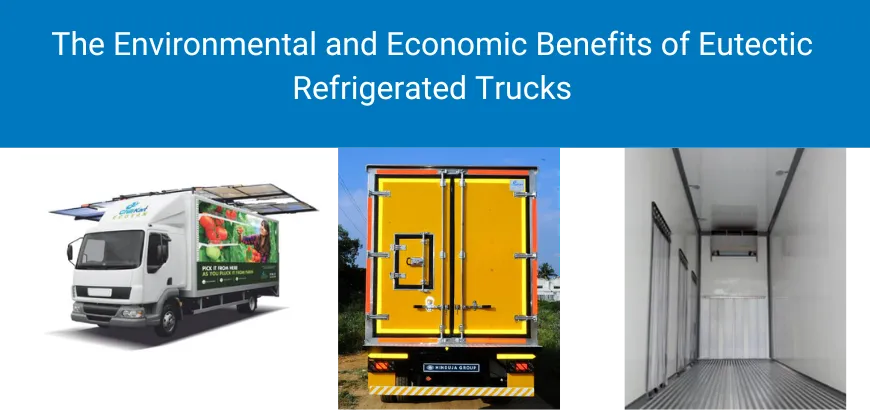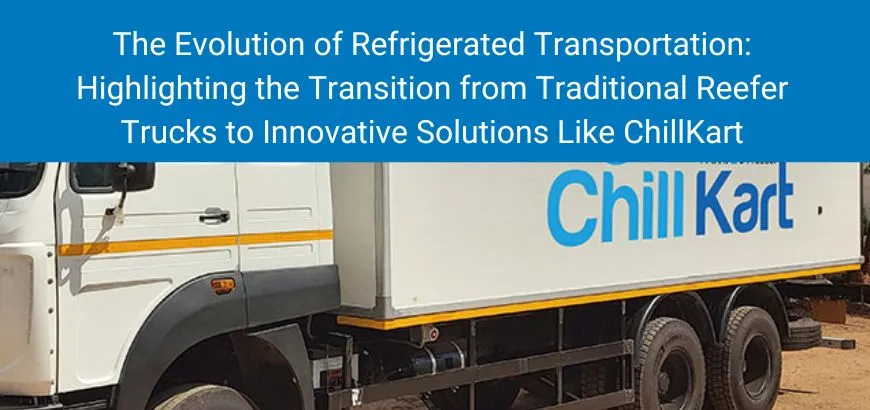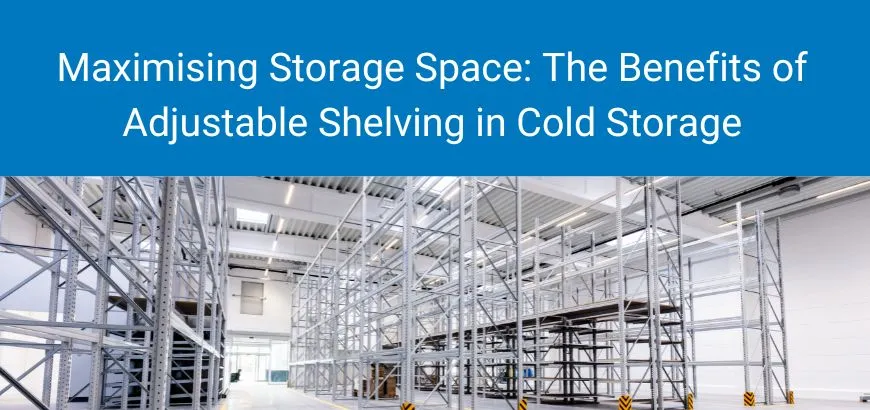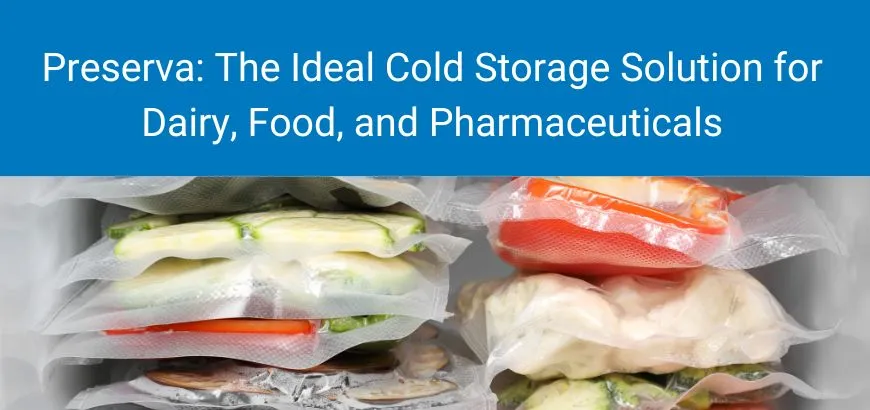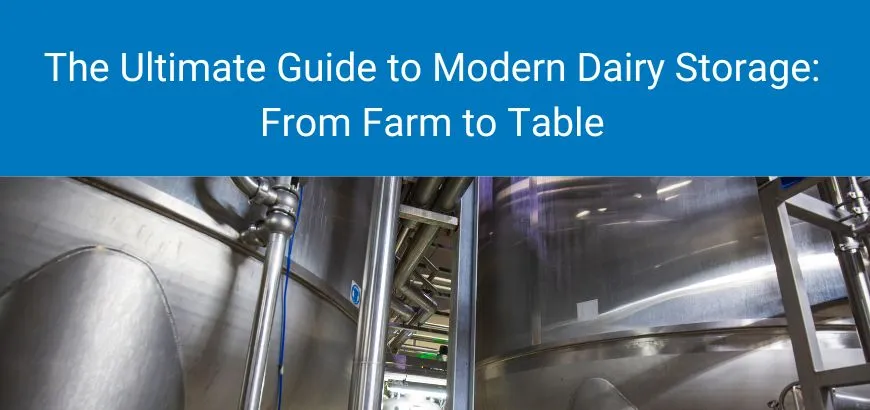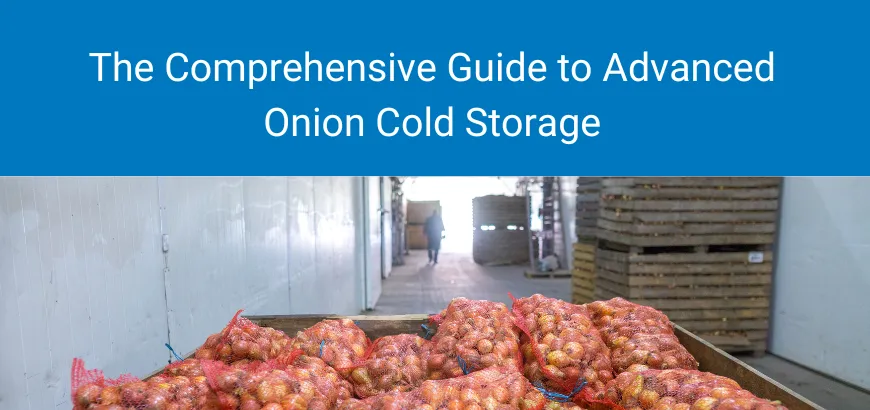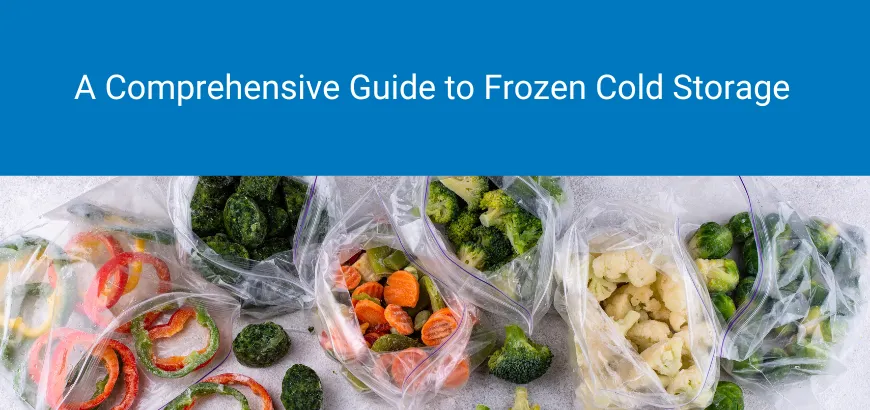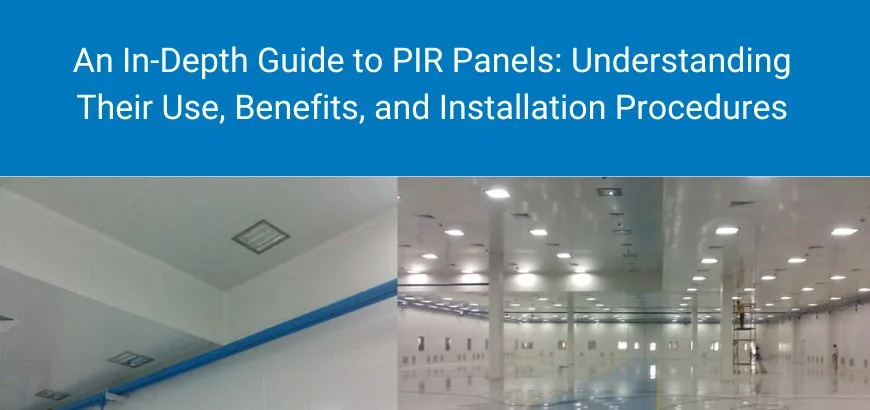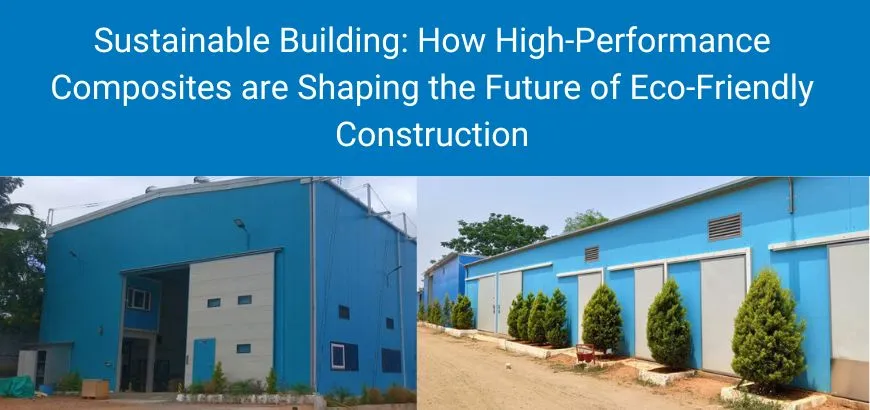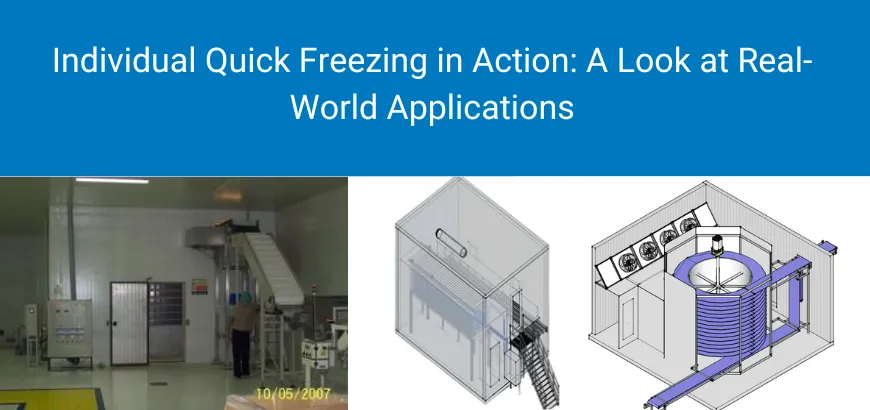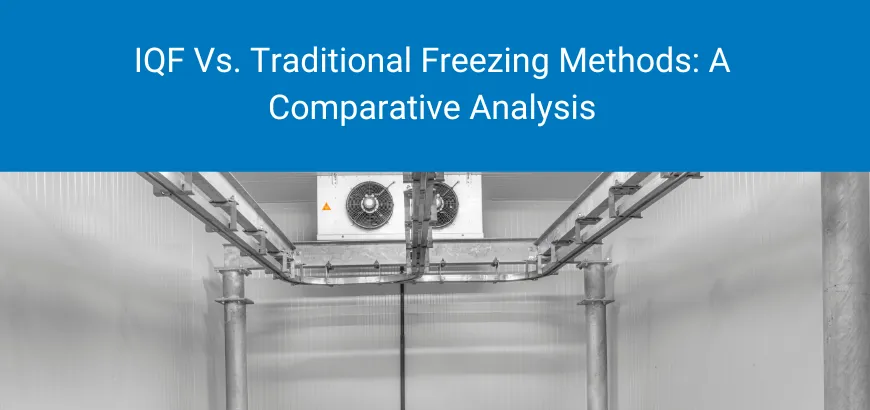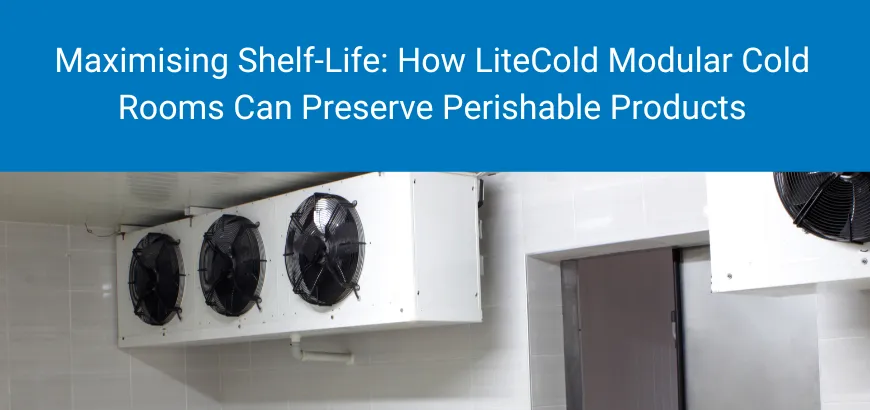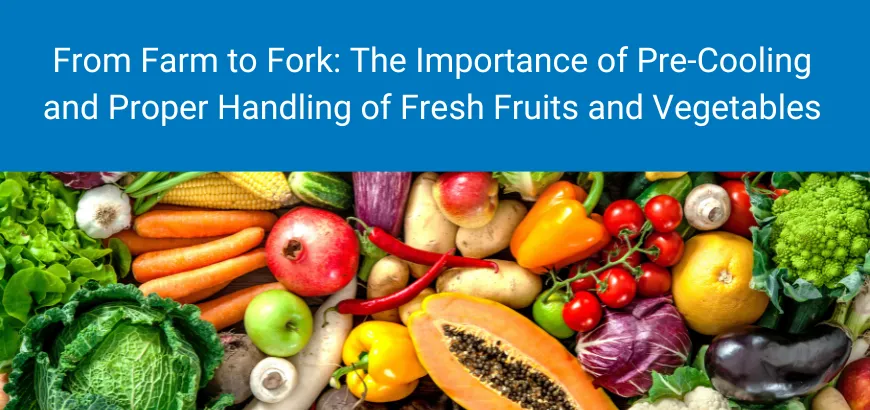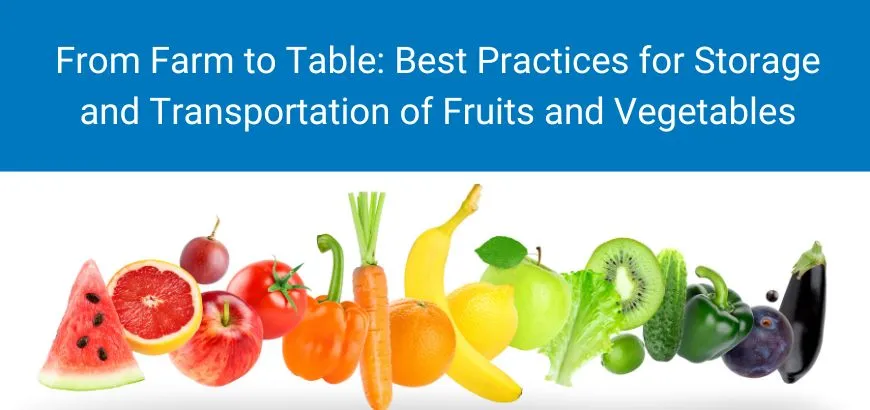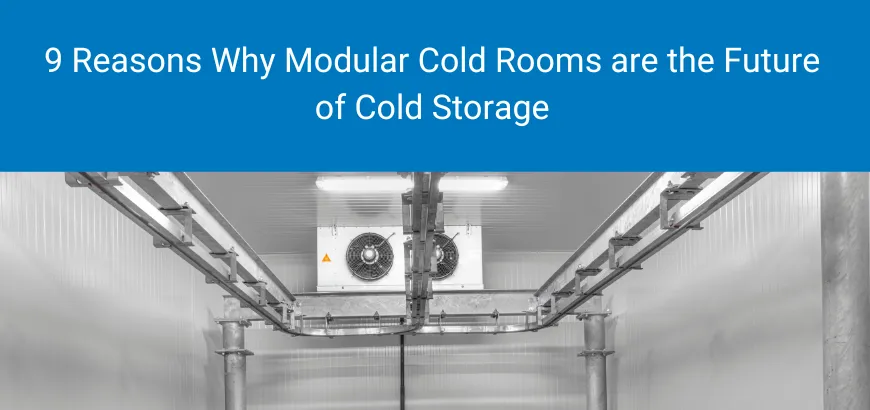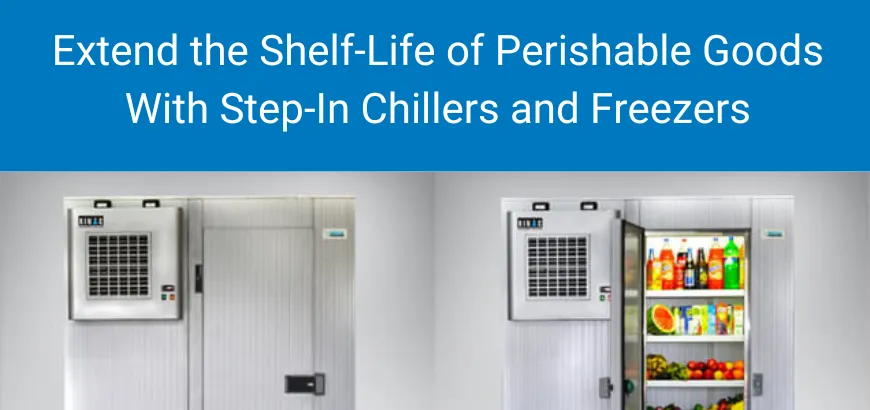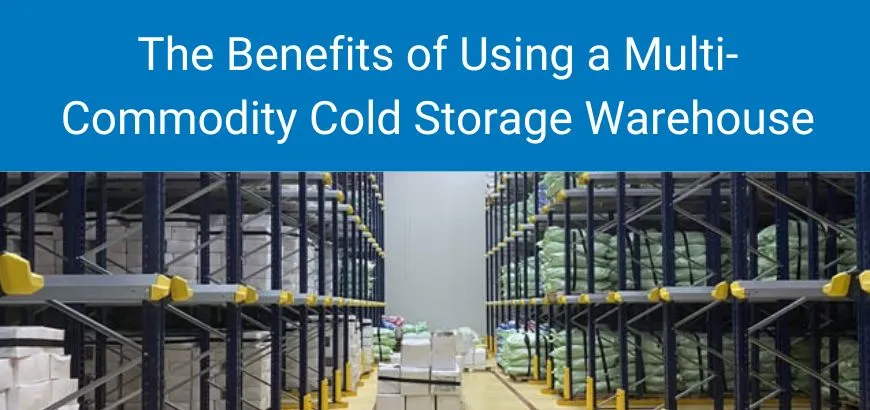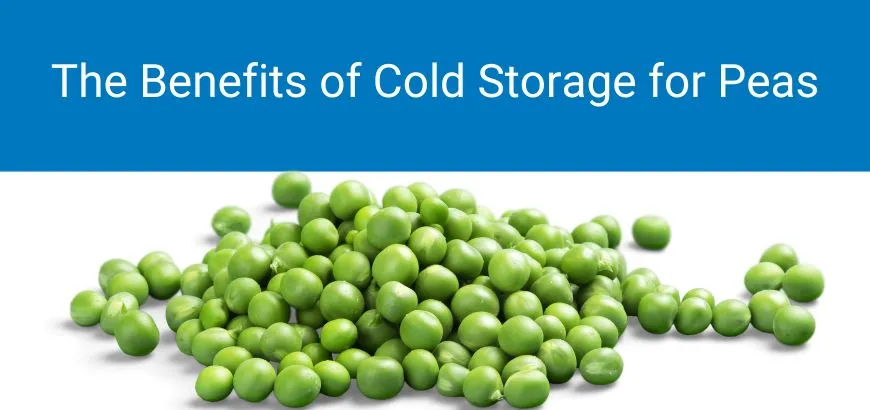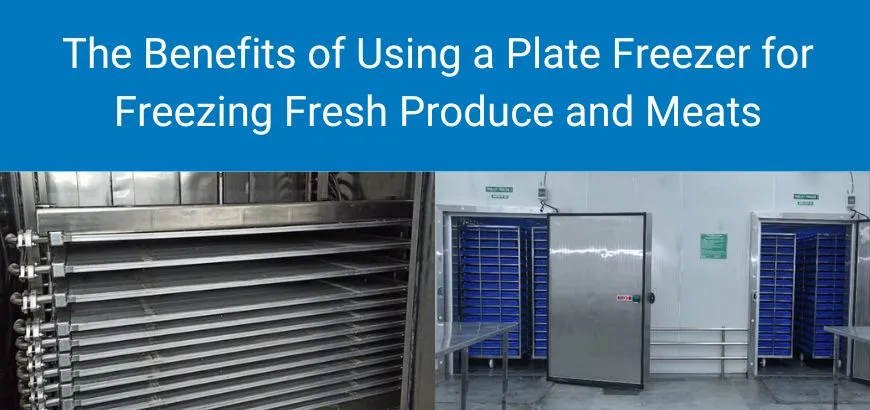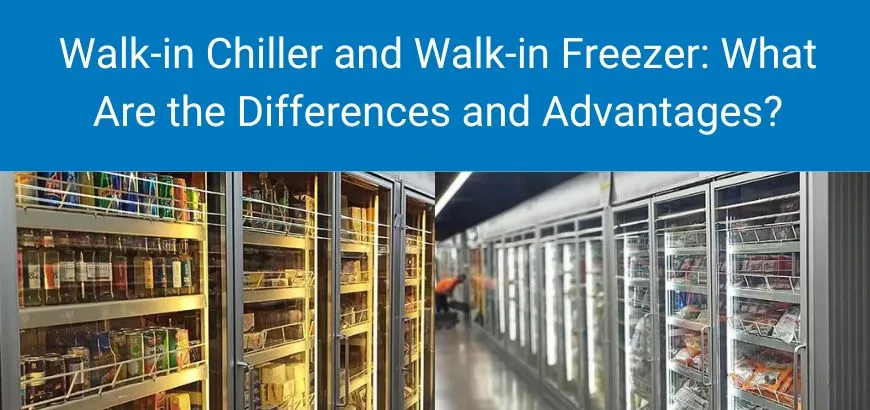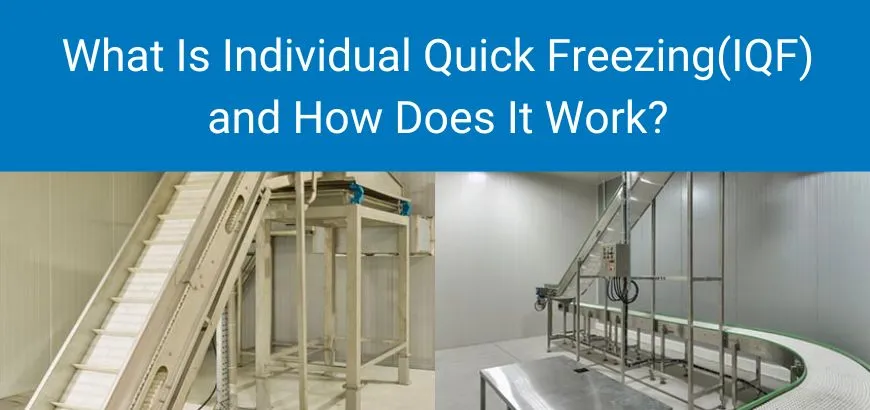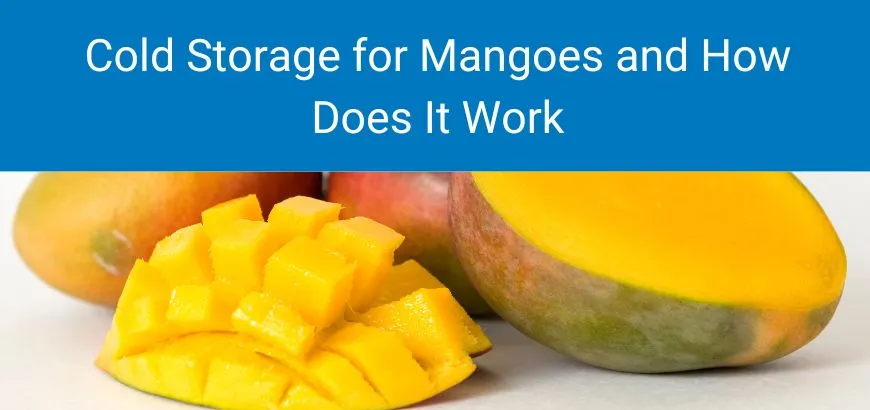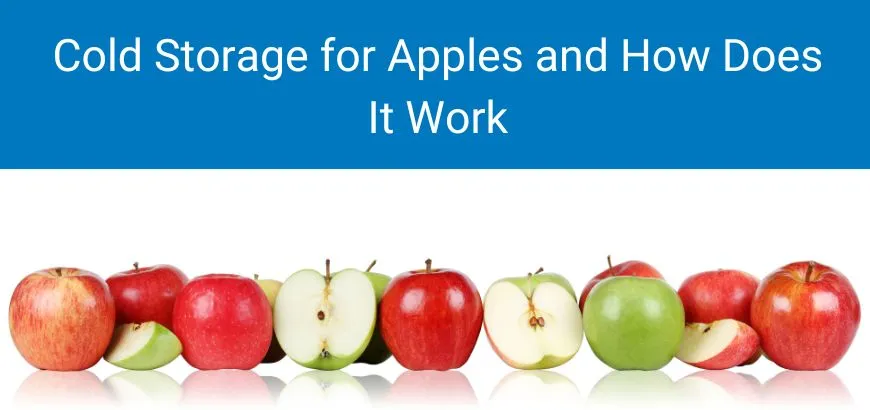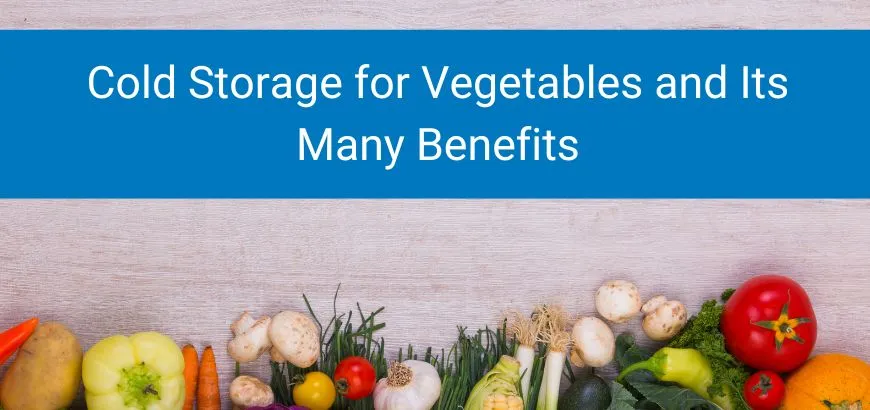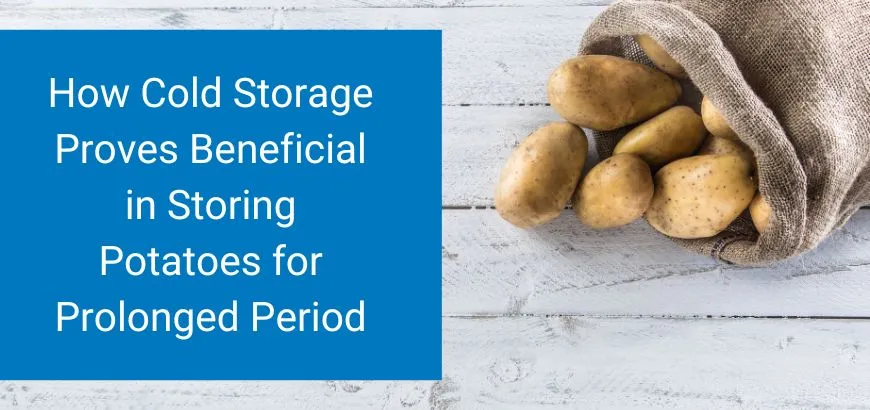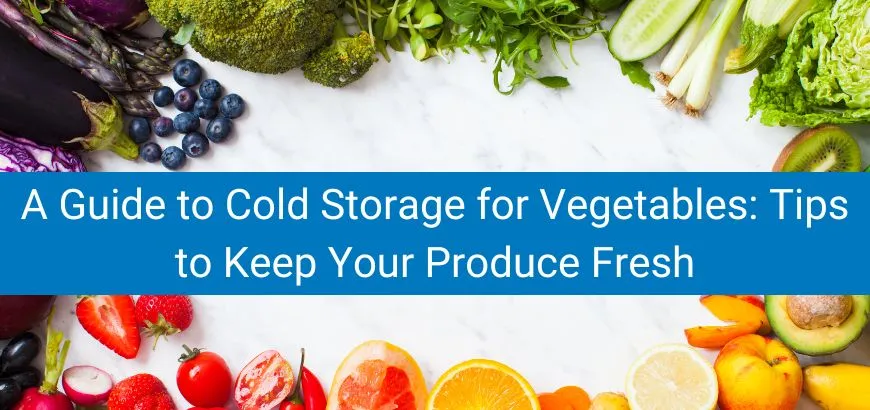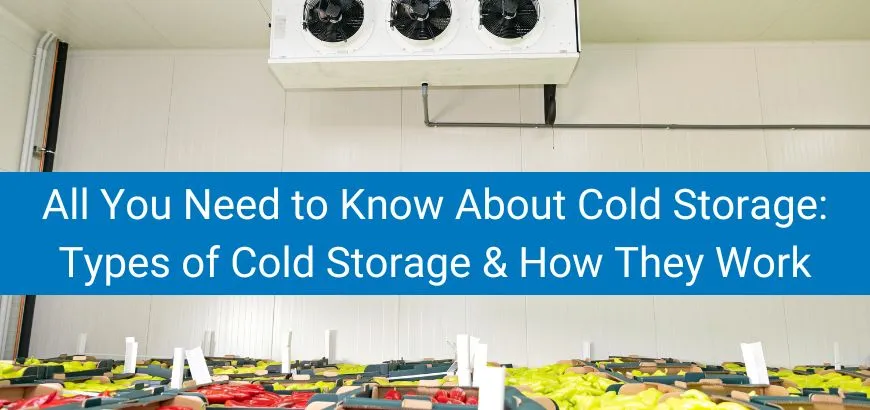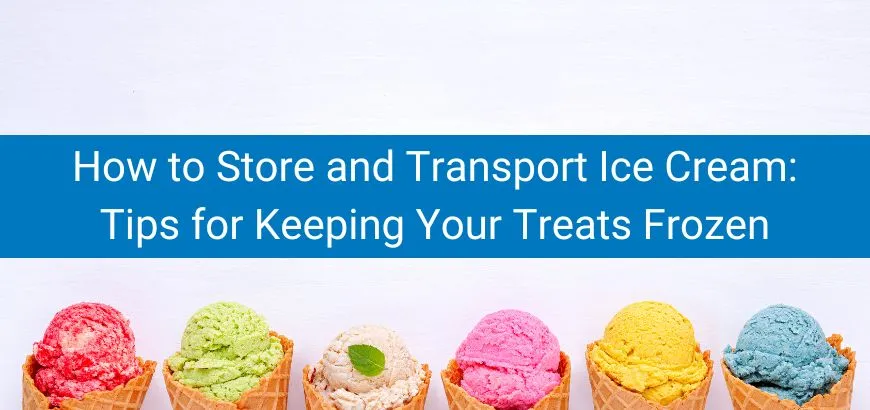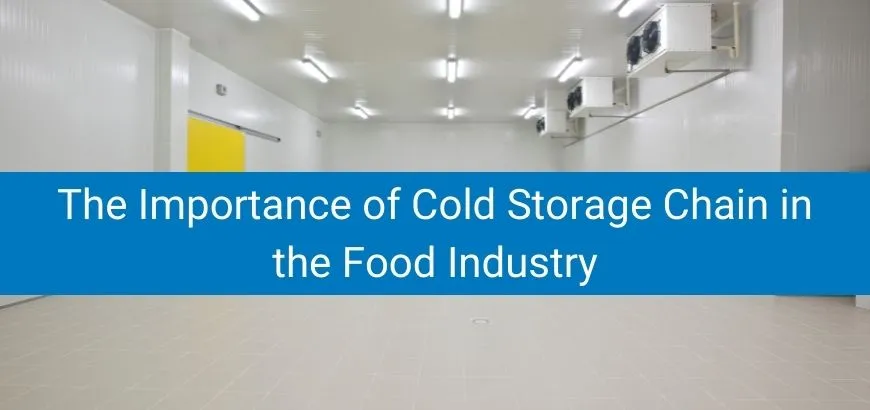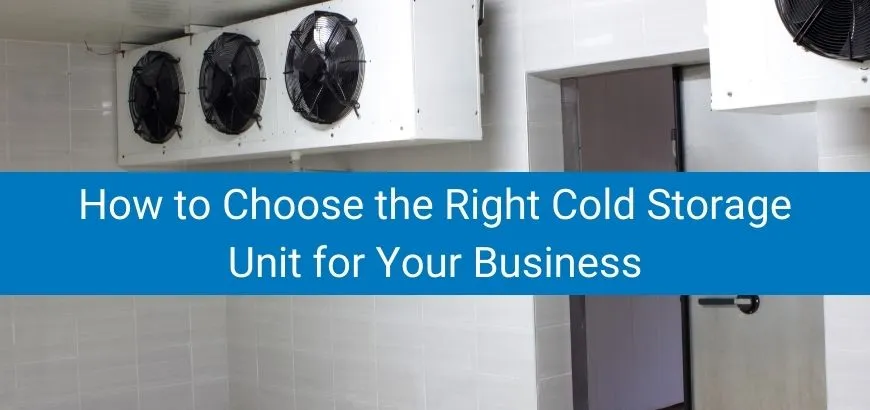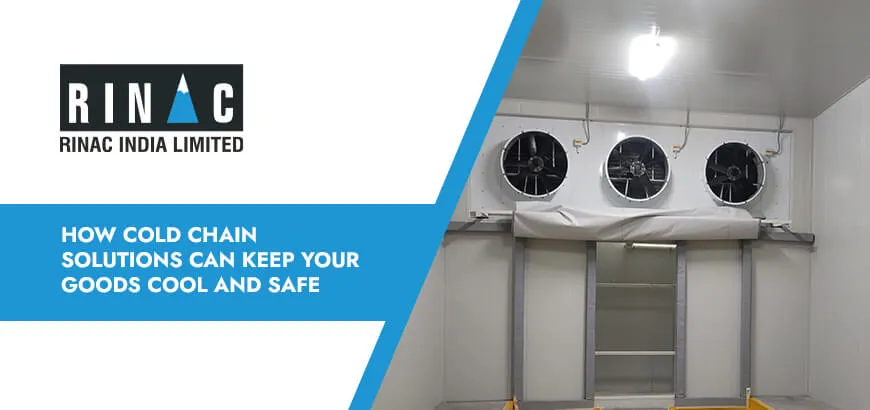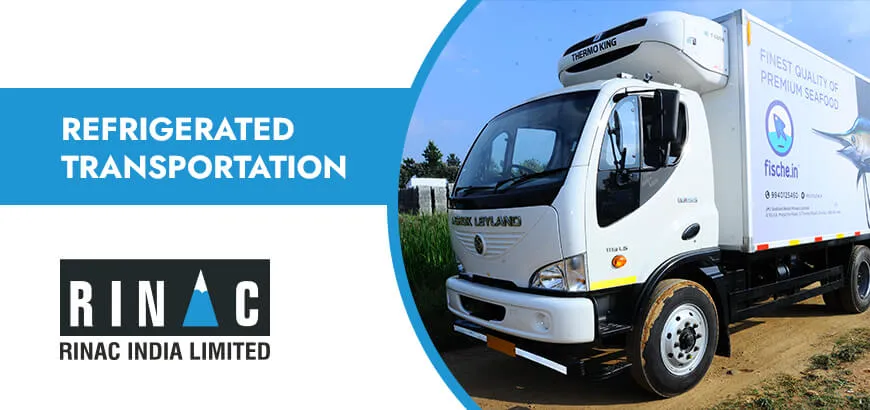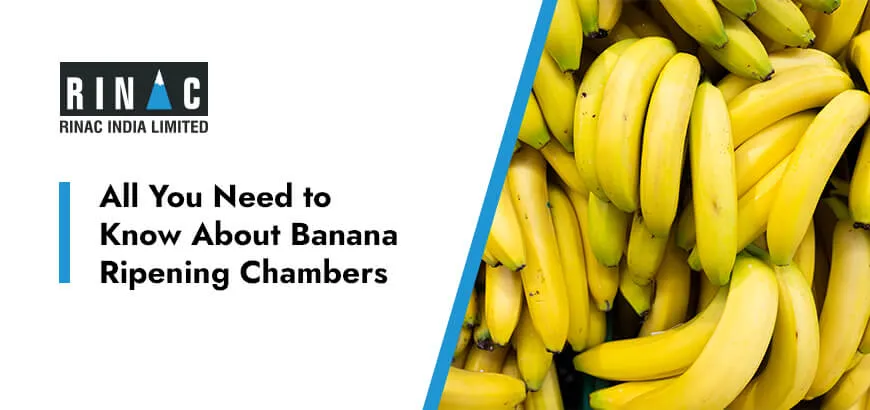
How Cold Storage Companies Can Ensure Compliance with Food Safety Regulations
Summary: Cold storage operators sit at a crucial point in the food supply chain: receiving, holding, and dispatching temperature-controlled foods without introducing contamination, allergen cross-contact, or time/temperature abuse. Depending on what you store and where you operate, your obligations can span U.S. FDA current Good Manufacturing Practice (CGMP) rules (21 CFR Part 117), Sanitary Transportation requirements (21 CFR Part 1 Subpart O), India’s FSSAI licensing and hygiene codes, and widely adopted GFSI-benchmarked standards (e.g., BRCGS Storage & Distribution, SQF). This guide maps the major requirements and turns them into a practical, auditable program.
Confirm your regulatory scope (and register/license)
- U.S. FDA registration (who must register): Warehouses and cold stores that manufacture/process, pack, or hold food for U.S. consumption must register with FDA before operations, unless specifically exempted.
- India (FSSAI license): Cold/refrigerated storage is a licensed “Kind of Business.” License class depends on capacity (e.g., >10,000 MT requires a Central license).
Tip: If your Indian cold store also operates controlled-atmosphere rooms or ripening chambers, verify the correct license category.
Build on CGMPs: sanitation, pest control, facility upkeep
FDA CGMPs require sanitary design/maintenance of buildings and equipment, and cleaning that protects against contamination and allergen cross-contact. Grounds must be maintained to deter pests. These apply to holding facilities (warehouses/cold stores).
Key CGMP anchors you should reference in your SOPs:
- Plant & grounds: drainage, waste control, weed control, and pest prevention.
- Sanitary operations: clean and sanitize food-contact and non-food-contact surfaces at frequencies that prevent contamination or allergen cross-contact; store chemicals to prevent contamination.
If you only store unexposed packaged foods: apply FSMA’s modified requirements
Many third-party cold stores only hold sealed, packaged foods. Under FSMA Preventive Controls, those facilities have modified duties: they must implement temperature controls for any refrigerated packaged foods that require time/temperature control for safety (TCS), monitor, take corrective actions if control is lost, and keep records.
What the rule says you must do (for such TCS foods):
- Establish & implement temperature controls to significantly minimize/prevent pathogen growth/toxin production.
- Monitor at adequate frequency.
- Correct and verify effectiveness; keep records
Temperature control that stands up in an audit
Regulators rarely prescribe one temperature for all products; they expect you to meet the product’s safety spec and your hazard analysis. Two widely referenced anchors:
- Frozen foods: –18 °C (0 °F) is the global “set point” widely used across the cold chain. (It’s an industry convention, not a universal legal limit, but auditors expect you to justify your setpoints.)
- Chilled foods: Keep cold foods at ≤ 5 °C (41 °F) in storage according to official public health guidance; keep frozen foods ≤ –15 °C or colder (jurisdiction-specific). Always follow the product’s labeled/contractual spec.
Make it robust:
- Continuous monitoring & alarms in warmest-spot locations; define limits, actions, and escalation. (GFSI schemes require robust monitoring/alarm and calibration traceability to an accredited standard.)
- Temperature mapping/verification for new rooms or after major changes; document worst-case zones for sensors. (Required/expected under GFSI certification and best practice guides.)
- Instrument control: Maintain accuracy checks and calibration records for probes/data loggers.
Allergen segregation & chemical control
Prevent allergen cross-contact and chemical contamination during storage, staging, and rework/returns handling. This includes defined zones, sealed packaging integrity checks, and controlled storage of cleaning/pesticide chemicals. (FDA CGMPs explicitly require this.)
Interface with transport: meet the Sanitary Transportation Rule
If you act as shipper/loader/receiver (many warehouses do), FDA’s Sanitary Transportation rule applies. You must ensure vehicles/equipment are appropriate for the product and maintain required operating temperatures, with supporting records. Carriers must demonstrate temperature conditions upon request. FDA’s overview: the rule sets requirements for vehicles & equipment, transportation operations, records, and training for motor/rail.
Traceability & recall readiness (FSMA 204 + GFSI expectations)
- U.S. FSMA 204 (Food Traceability Rule): If you hold foods on FDA’s Food Traceability List (FTL), you must capture Key Data Elements at Critical Tracking Events (e.g., receiving, shipping, transformation). As of August 6–7, 2025, FDA has proposed extending the compliance date 30 months from Jan 20, 2026 to July 20, 2028; requirements are unchanged pending finalization. Track this timeline closely.
- GFSI-benchmarked schemes (BRCGS Storage & Distribution, SQF) expect at least annual tests of traceability and recall procedures, with full records. (Common expectation: demonstrate end-to-end trace within target time windows.)
Environmental hygiene & Listeria risk (risk-based)
For warehouses that handle only sealed packaged foods, environmental monitoring is typically risk-based. If you store or handle RTE foods where exposure can occur (e.g., re-packing, re-work), FDA recommends a written sanitation program and, where appropriate, environmental monitoring (e.g., for Listeria monocytogenes) as part of preventive controls.
India-specific: operating ripening chambers compliantly
If you operate ripening rooms (e.g., bananas, mangoes), India’s FSSAI prohibits calcium carbide/acetylene; ethylene is permitted (typically up to 100 ppm, by crop/variety/maturity) with an FSSAI SOP covering generation/application and safety. Ensure no direct contact of ethylene-releasing agents with fruit.
Consider recognized food safety management systems
While not laws, certification to BRCGS Storage & Distribution, SQF Storage & Distribution, or FSSC 22000 (ISO 22000 + ISO/TS 22002-5 PRPs for transport/storage) helps demonstrate due diligence to customers and regulators.
Documentation: if it isn’t written, it didn’t happen
- Records: FSMA requires records for CGMPs and (if applicable) modified requirements (e.g., temperature monitoring, corrective actions, verification under §117.206). Retain and retrieve them on request.
- Sanitary Transportation records: Keep written procedures, agreements, and temperature evidence as required (shippers, loaders, carriers, receivers).
An audit-ready checklist (adapt to your scope)
1. Regulatory scope & licensing
- FDA facility registration (U.S.) or FSSAI license (India) in the correct category/capacity.
Room qualification & monitoring
- Temperature mapping for each cold room; identify warm spots.
- Continuous monitoring, documented setpoints/limits, audible alarms, escalation.
- Calibration with traceability to accredited standards.
Temperature standards & practices
- Frozen setpoints justified (industry norm: –18 °C / 0 °F); chilled products at or below labeled/contractual specs (public health guidance: ≤ 5 °C / 41 °F).
CGMP sanitation & pest control
- Written cleaning schedules for food-contact/non-contact surfaces; chemical control; pest prevention; facility/grounds maintenance.
Allergen/label control & product segregation
- Defined zones, sealed-pack integrity checks, and procedures for mixed SKUs to avoid cross-contact.
Modified FSMA requirements (if only storing sealed TCS foods)
- Temperature controls, monitoring, corrective actions, verification, and records under §117.206.
Sanitary Transportation interface
- Written agreements on operating temperatures; carriers able to demonstrate maintained temps; maintain records per §1.908/§1.912.
Traceability & recall
- Determine if you hold any FTL items (FSMA 204) and build KDE/CTE recordflows. Track the proposed U.S. compliance date shift to July 20, 2028.
- Run at least annual mock recalls per GFSI scheme requirements; retain test records.
Ripening chamber compliance (India)
- Ethylene-based ripening per FSSAI SOP; expressly prohibit calcium carbide.
- Train staff on CGMPs, temperature control, allergen control, and transport hand-offs; schedule internal audits against your chosen standard.
Governance tips for leaders
- Define accountability: name the owner for temperature control, sanitation, transport compliance, and traceability.
- Prove effectiveness: trend temperature deviations, corrective actions, pest findings, sanitation verification, and mock recall results.
- Plan for change: any new room, racking change, or door layout triggers re-mapping and risk review.
- Watch the calendar: FSMA 204 timelines are evolving—as of Aug 6–7, 2025, FDA has proposed moving the compliance date to July 20, 2028; monitor FDA updates until finalized.
References (selected)
- U.S. FDA CGMPs (21 CFR Part 117, Subpart B).
- Modified requirements for storage-only facilities (21 CFR 117.206).
- FDA Sanitary Transportation rule (21 CFR Part 1 Subpart O).
- FDA Food Facility Registration (21 CFR 1.225).
- FSSAI: Cold storage licensing categories; ripening SOP (ethylene up to ~100 ppm) and calcium carbide prohibition.
- BRCGS & SQF (GFSI): storage/distribution requirements for monitoring, calibration, and annual traceability/recall tests.
- FSMA 204: FDA proposed extension of the compliance date to July 20, 2028 (monitor for final rulemaking).
* This post is for <strong “>information only to help operators understand common regulatory expectations and industry standards. It does not constitute legal or regulatory advice. Always consult your qualified counsel or regulatory authority for specific obligations in your jurisdiction and for your exact product portfolio and processes.
